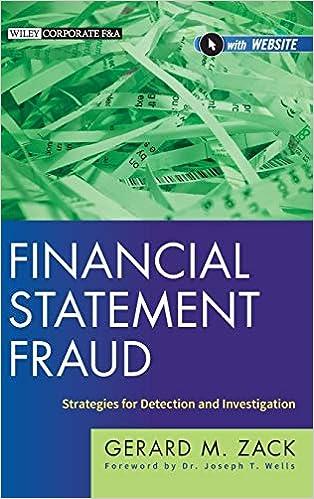Question
Required information [The following information applies to the questions displayed below.] Alpine Thrills Ski Company recently expanded its manufacturing capacity. The firm will now be
Required information
[The following information applies to the questions displayed below.]
Alpine Thrills Ski Company recently expanded its manufacturing capacity. The firm will now be able to produce up to 29,000 pairs of cross-country skis of either the mountaineering model or the touring model. The sales department assures management that it can sell between 23,000 and 27,000 units of either product this year. Because the models are very similar, the company will produce only one of the two models.
The following information was compiled by the accounting department.
| Model | ||||||
| Mountaineering | Touring | |||||
| Selling price per unit | $ | 146.00 | $ | 134.00 | ||
| Variable costs per unit | 86.30 | 86.30 | ||||
Fixed costs will total $610,400 if the mountaineering model is produced but will be only $517,200 if the touring model is produced. Alpine Thrills Ski Company is subject to a 35 percent income tax rate.
Required:
-
Compute the contribution-margin ratio for the touring model. (Round your final answer to 2 decimal places (i.e. .2457 as .25))
| contribution margin ratio | ________________ |
2. If Alpine Thrills Ski Company desires an after-tax net income of $40,120, how many pairs of touring skis will the company have to sell? (Do not round intermediate calculations. Round your final answer to the nearest whole unit.)
| number of pairs to be sold | ------------------------ Units |
3. How much would the variable cost per unit of the touring model have to change before it had the same break-even point in units as the mountaineering model? (Round your intermediate calculations and final answer to 2 decimal places.)
| the variable cost per unit would have to | ---------------by ---------------- |
4. Suppose the variable cost per unit of touring skis decreases by 20 percent, and the total fixed cost of touring skis increases by 20 percent. Compute the new break-even point. (Do not round intermediate calculations. Round your final answer up to nearest whole unit.)
| new break even point | --------------units |
Step by Step Solution
There are 3 Steps involved in it
Step: 1

Get Instant Access to Expert-Tailored Solutions
See step-by-step solutions with expert insights and AI powered tools for academic success
Step: 2

Step: 3

Ace Your Homework with AI
Get the answers you need in no time with our AI-driven, step-by-step assistance
Get Started


